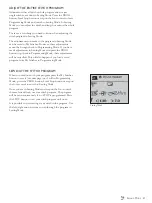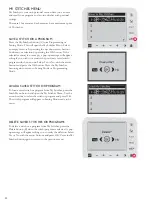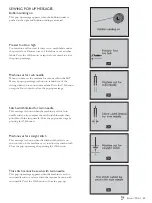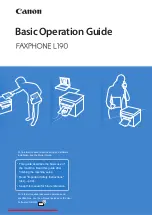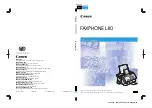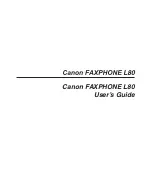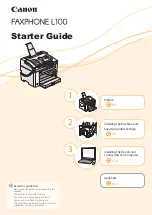
55
C
S
EWING
T
ECHNIQUES
SEWING ON BUTTONS
6HZEXWWRQVVQDSVKRRNVDQGH\HVTXLFNO\ZLWK\RXUVHZLQJ
machine.
6HOHFWWKHIDEULF\RXDUHXVLQJDQGWKHVWLWFKIRUVHZLQJRQ
buttons 1:9.
6QDSRII WKHSUHVVHUIRRWDQGORZHUWKHIHHGWHHWK
2. Place the fabric, multipurpose tool and button under the
ankle with the holes in the button lined up with the swing
of the needle. Check the swing of the needle by pressing
the mirror side to side button to be sure the needle will
QRWKLWWKHEXWWRQ%ULQJWKHQHHGOHGRZQLQWRWKHKROHV
RI WKHEXWWRQZLWKWKHKDQGZKHHOWRYHULI\
Tip: When using the multipuspose tool, the button is stitched to the fabric
leaving a shank. If stitching without the multipurpose tool the button is
stitched to the fabric without distance.
Note: The recommended width of 3.0 is set for most buttons. If you sew
a tiny button or a very large coat button, decrease (
–
) or increase (
+
) the
stitch width until the swing of the needle sews in the holes of the button.
6HWWKHQXPEHURI VWLWFKHVWRVHZRQWKHEXWWRQ&E\
SUHVVLQJWKHXSDQGGRZQDUURZEXWWRQV6L[WRHLJKW
stitches is standard.
4. Press the foot control. The sewing machine will sew the
number of stitches set on the display and then tie off and
stop.
5. Raise feed teeth when button sewing is completed.
Tip: Place the thin end of the multipurpose tool under the button when
sewing on light fabrics. Use the thick end for heavier fabrics. Hold in
place on the fabric with transparent tape.

